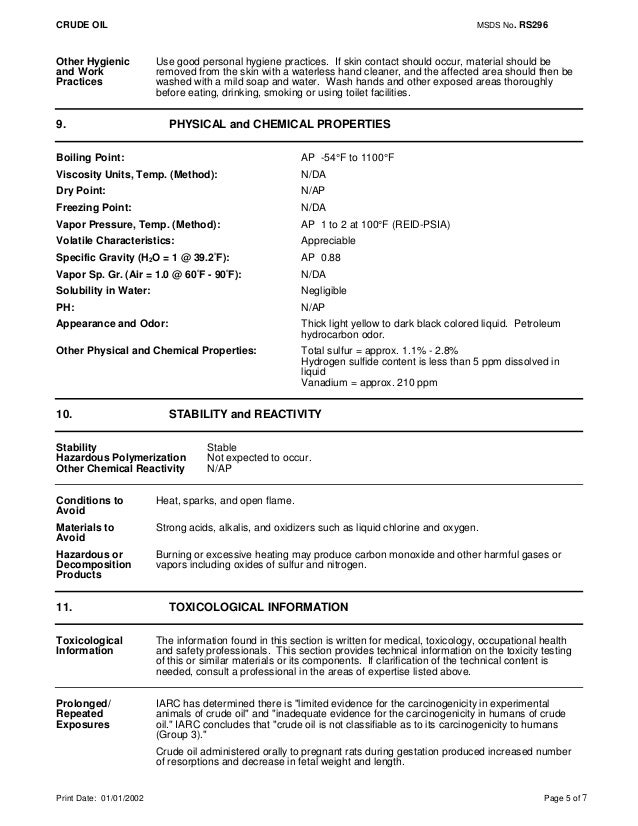
This was 7 years after he had solved the problem of how carbon atoms could bond to up to four other atoms at the same time. This vision, he said, came to him after years of studying the nature of carbon-carbon bonds. He said that he had discovered the ring shape of the benzene molecule after having a reverie or day-dream of a snake seizing its own tail (this is a common symbol in many ancient cultures known as the Ouroboros or Endless knot). Here Kekulé spoke of the creation of the theory.

The new understanding of benzene, and hence of all aromatic compounds, proved to be so important for both pure and applied chemistry that in 1890 the German Chemical Society organized an elaborate appreciation in Kekulé's honor, celebrating the twenty-fifth anniversary of his first benzene paper. Kekulé's symmetrical ring could explain these curious facts, as well as benzene's 1:1 carbon-hydrogen ratio. Kekulé used evidence that had accumulated in the intervening years-namely, that there always appeared to be only one isomer of any monoderivative of benzene, and that there always appeared to be exactly three isomers of every disubstituted derivative-now understood to correspond to the ortho, meta, and para patterns of arene substitution-to argue in support of his proposed structure. The next year he published a much longer paper in German on the same subject. In 1865, the German chemist Friedrich August Kekulé published a paper in French (for he was then teaching in Francophone Belgium) suggesting that the structure contained a ring of six carbon atoms with alternating single and double bonds. Archibald Scott Couper in 1858 and Johann Josef Loschmidt in 1861 suggested possible structures that contained multiple double bonds or multiple rings, but too little evidence was then available to help chemists decide on any particular structure. The empirical formula for benzene was long known, but its highly polyunsaturated structure, with just one hydrogen atom for each carbon atom, was challenging to determine. Thiele and Kekulé's structures are used today.

Dewar benzene and prismane are distinct molecules that have Dewar's and Ladenburg's structures. Historic benzene structures (from left to right) by Claus (1867), Dewar (1867), Ladenburg (1869), Armstrong (1887), Thiele (1899) and Kekulé (1865).
Petroleum oil msds free#
In 1836, the French chemist Auguste Laurent named the substance "phène" this word has become the root of the English word " phenol", which is hydroxylated benzene, and " phenyl", the radical formed by abstraction of a hydrogen atom ( free radical H In 1833, Eilhard Mitscherlich produced it by distilling benzoic acid (from gum benzoin) and lime. Michael Faraday first isolated and identified benzene in 1825 from the oily residue derived from the production of illuminating gas, giving it the name bicarburet of hydrogen. The hydrocarbon derived from benzoic acid thus acquired the name benzin, benzol, or benzene. An acidic material was derived from benzoin by sublimation, and named "flowers of benzoin", or benzoic acid. The word "benzene" derives from "gum benzoin" ( benzoin resin), an aromatic resin known to European pharmacists and perfumers since the 16th century as a product of southwest Asia.



 0 kommentar(er)
0 kommentar(er)
